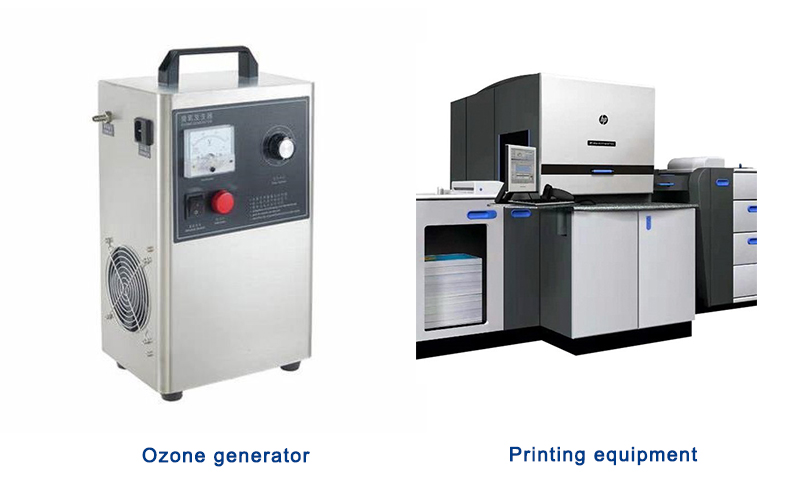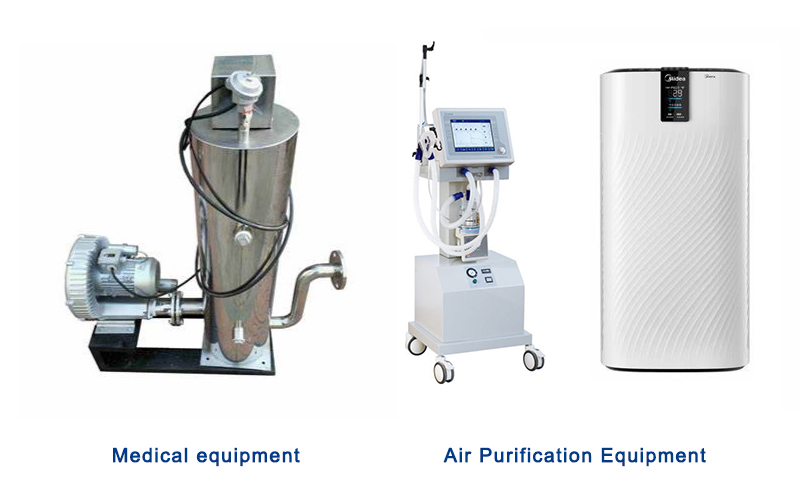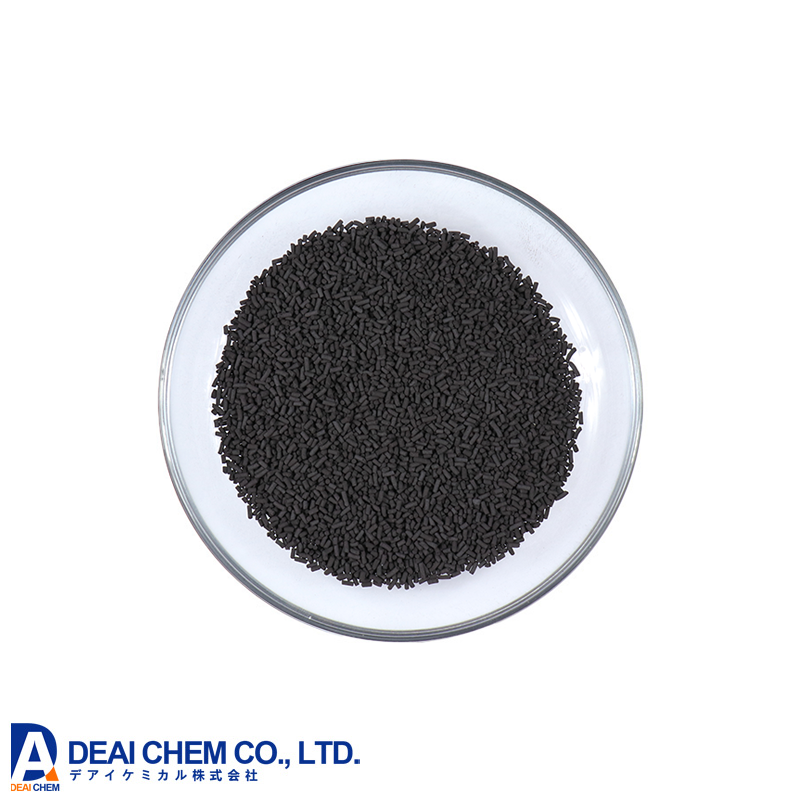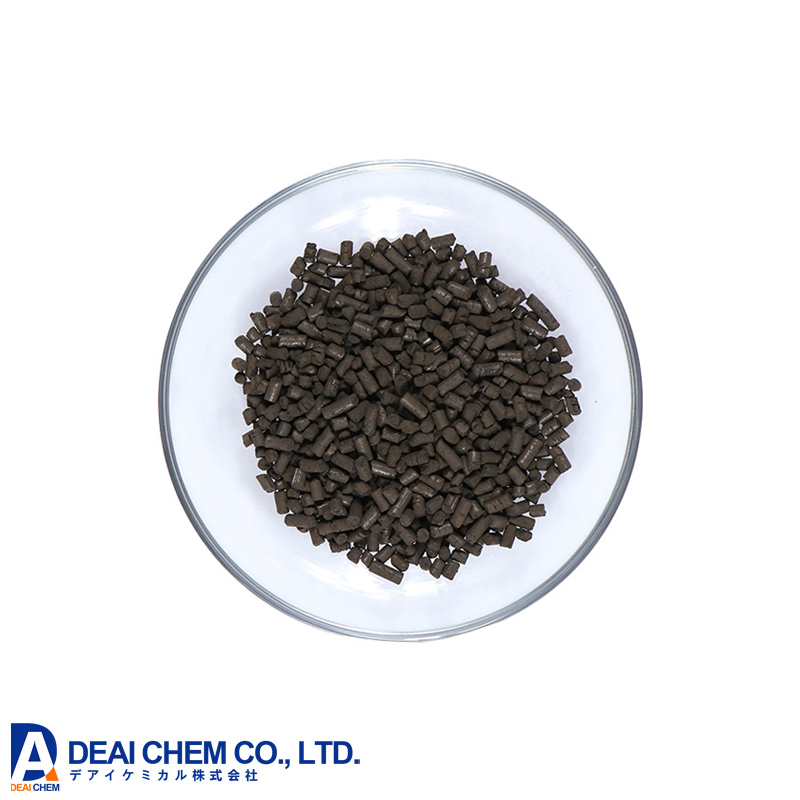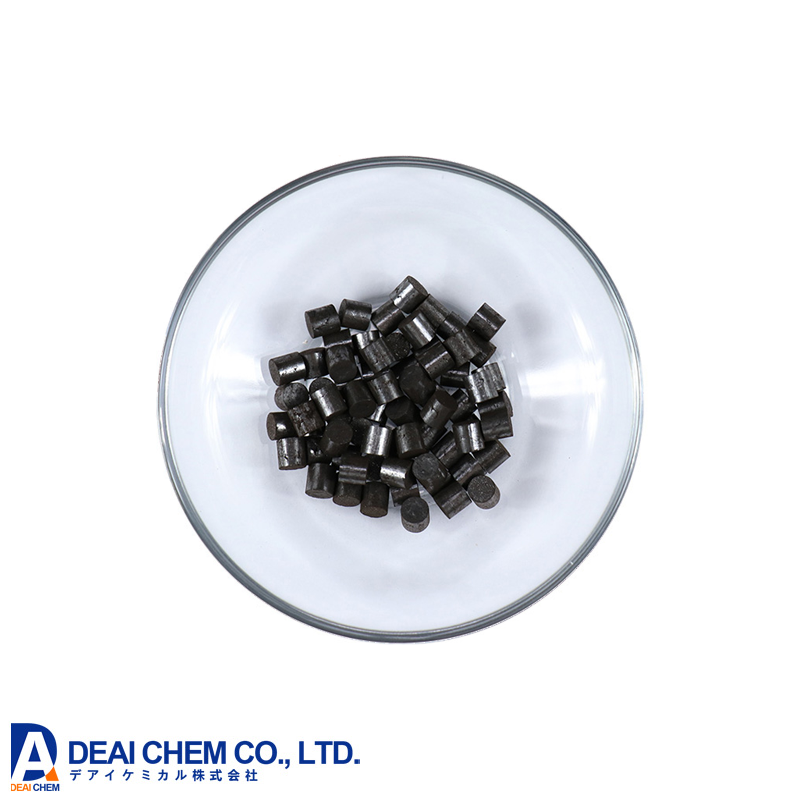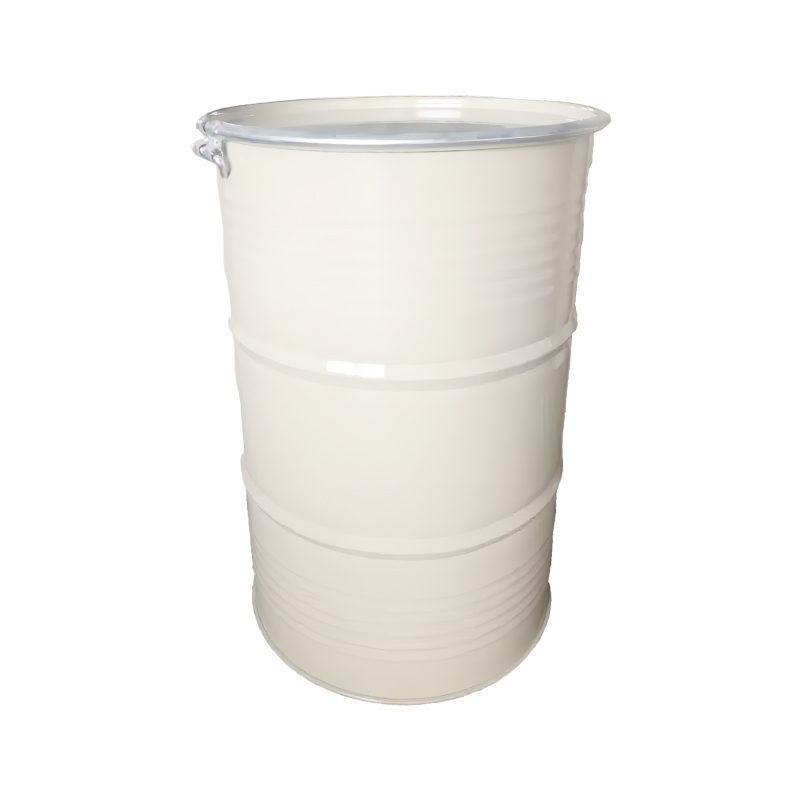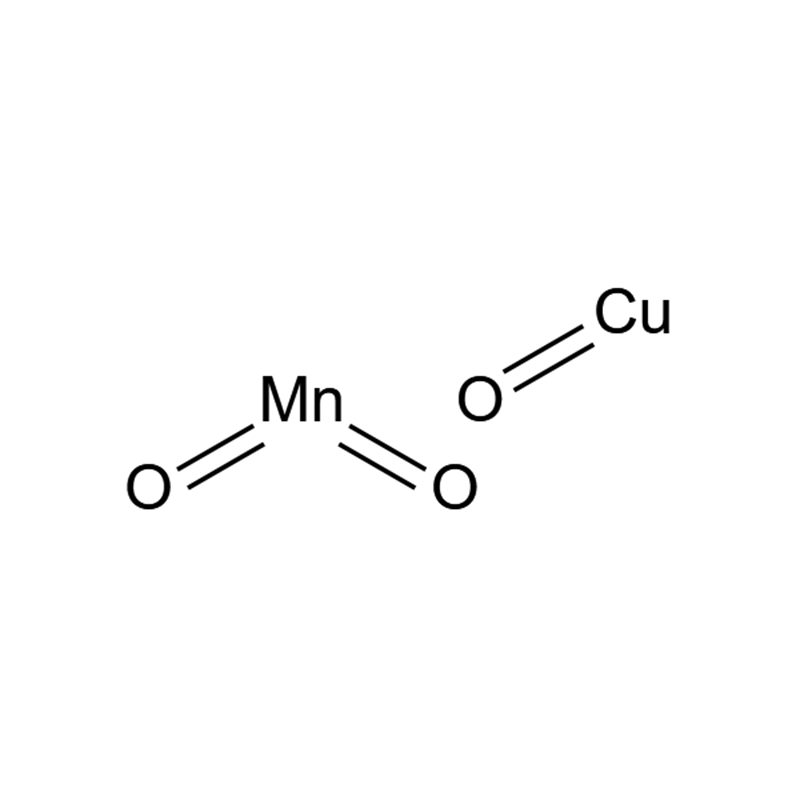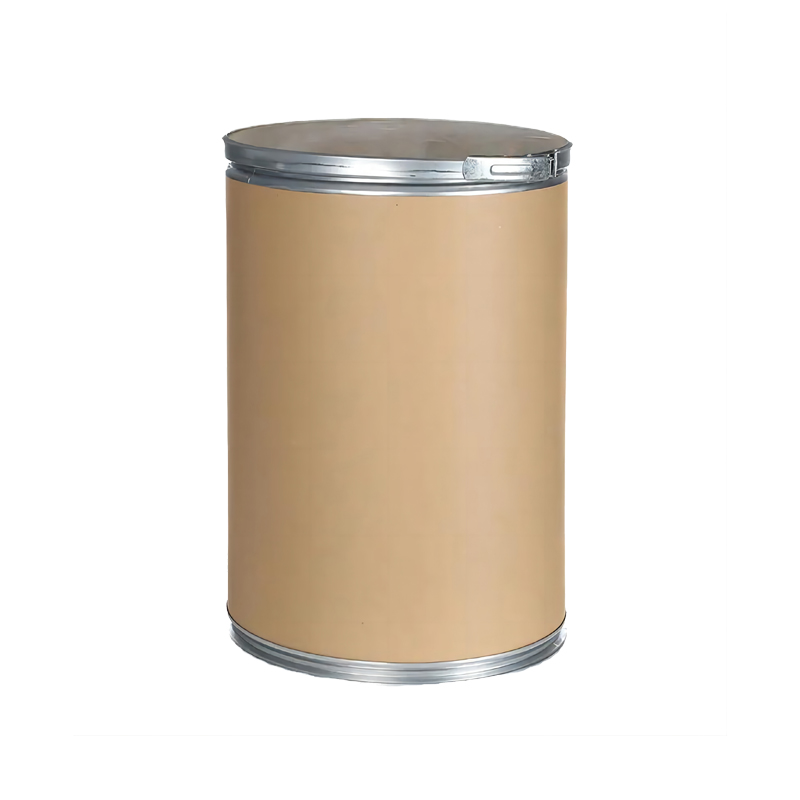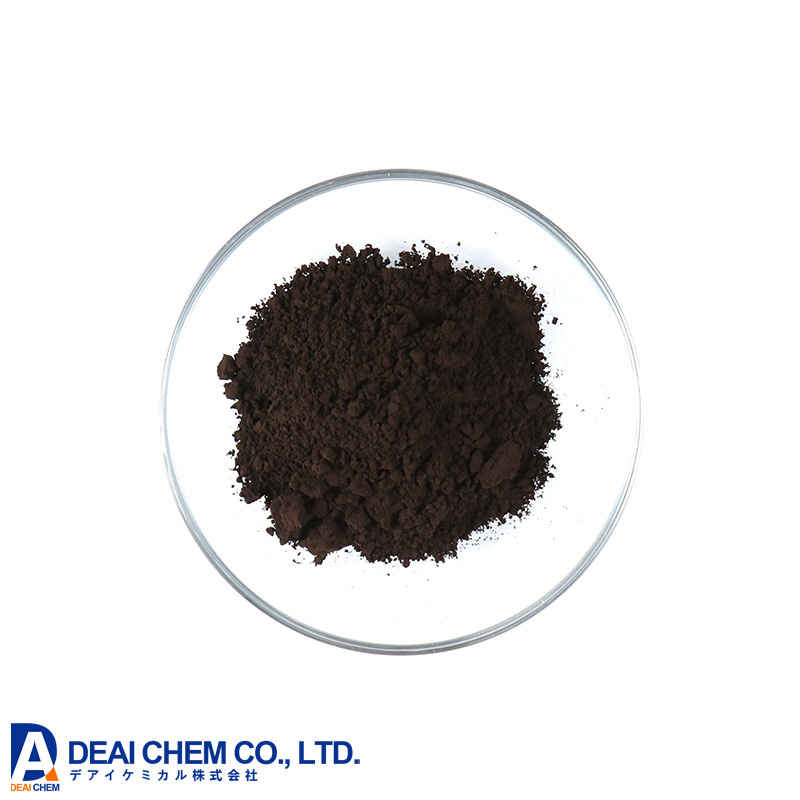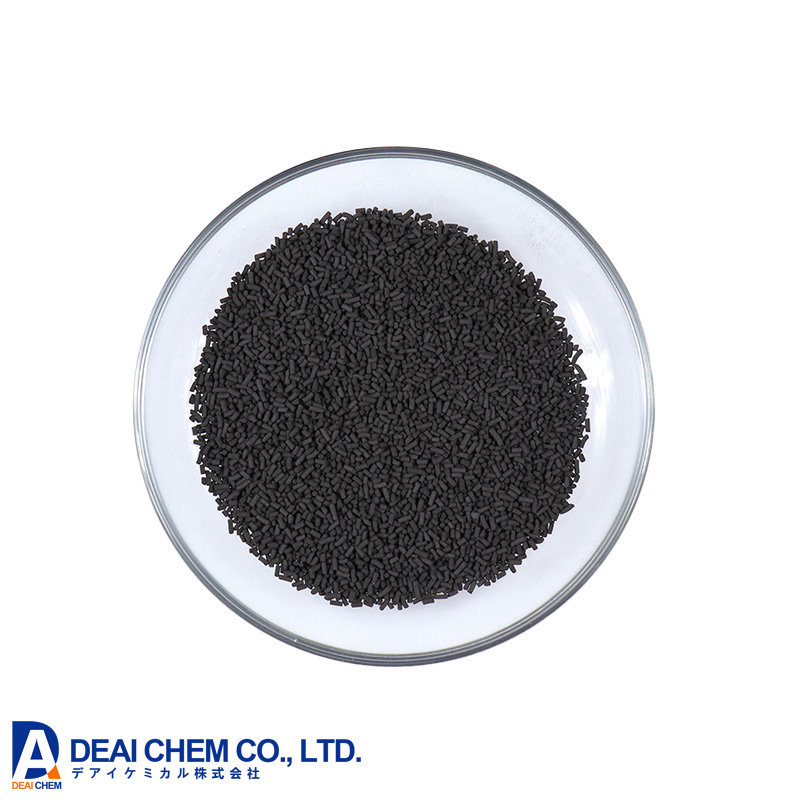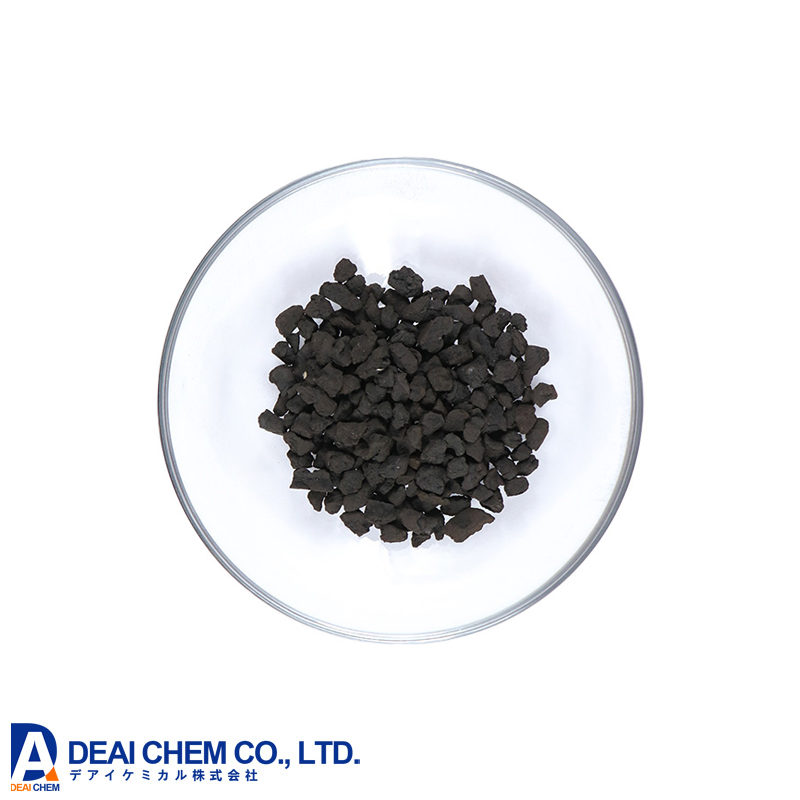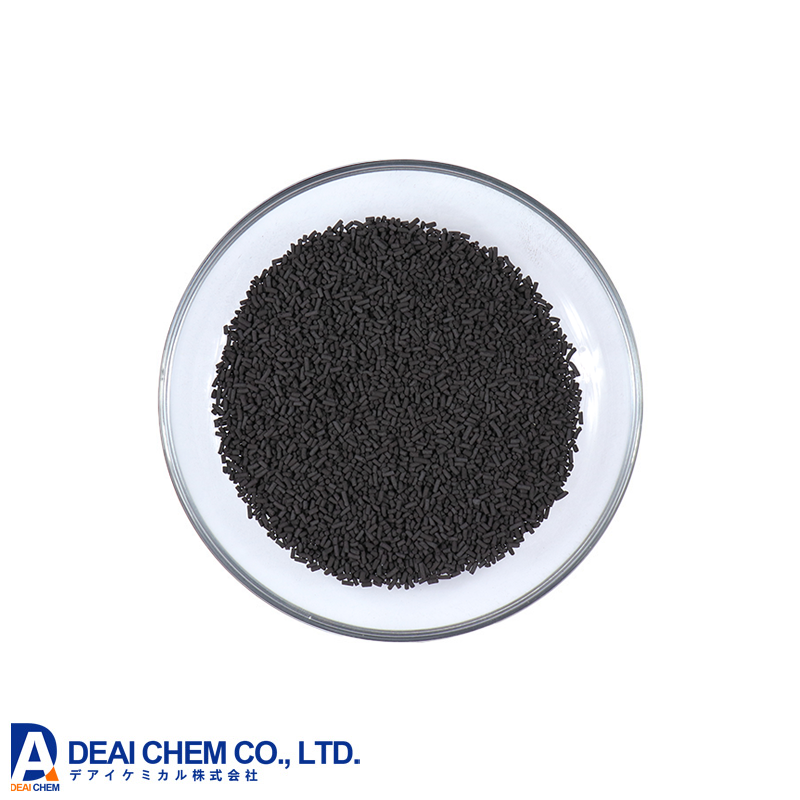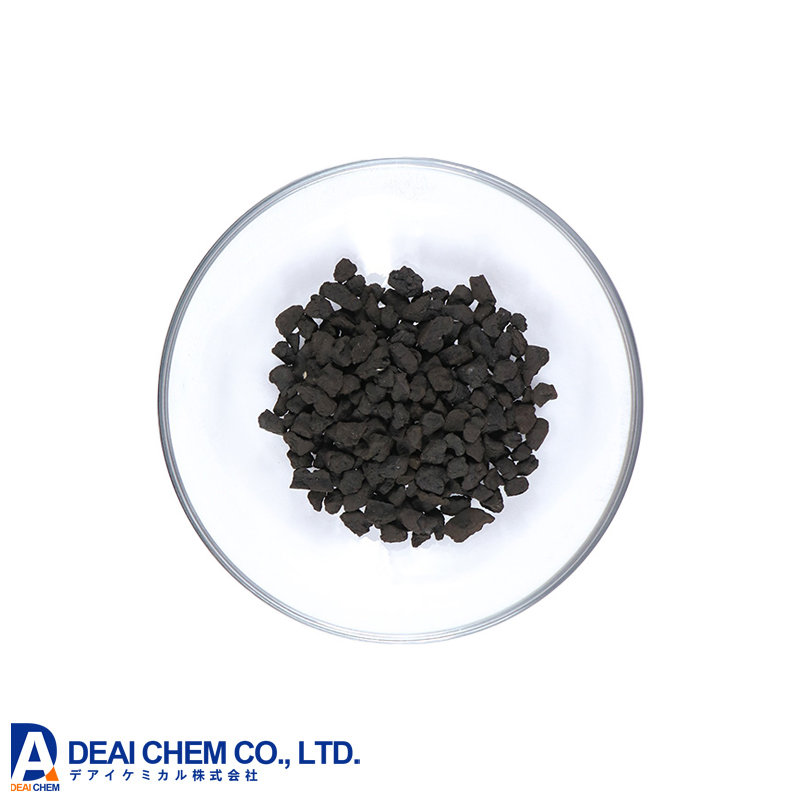| Type | 1.2mm, 3mm, 6mm, 9mm |
| Shape | Pellet Columnar |
| Strength | 60N/cm min |
| Density | 0.75(±0.5) g/ml |
| Specific Surface Area | ≥240 m2/g |
| Mn and Cu Effective Constituent | 80% min |
| Mn and Cu Mole Ratio | 2.2:1 – 3:1 |
| Packing | 25kg/200kg/customizable |
| Note | / |

PELLET COLUMNAR
Product Detail
Ozone decomposition catalysts primarily achieve catalytic reactions by facilitating the breakdown of ozone molecules into oxygen atoms and oxygen ions. The mechanism of action of the catalyst involves two main aspects: first, enhancing the adsorption performance of ozone molecules on the catalyst surface, and second, playing an activating role in surface reactions. Currently, common ozone decomposition catalysts include metal oxides, transition metal complexes, and ion exchange resins.
Ozone decomposition catalysts find widespread applications in various fields. In the realm of air purification, these catalysts effectively eliminate harmful substances in the air, such as formaldehyde, benzene, and other volatile organic compounds. Simultaneously, they contribute to the eradication of bacteria and viruses present in the air. In wastewater treatment, ozone decomposition catalysts enhance the efficiency of sewage treatment by promoting the oxidative breakdown of organic substances, thereby purifying the water. In the field of surface treatment for materials, ozone decomposition catalysts are utilized to enhance material surface properties, such as hydrophilicity and corrosion resistance. Additionally, they play a role in surface disinfection and sterilization for materials.
| Type | 1.2mm, 3mm, 6mm, 9mm |
| Shape | Pellet Columnar |
| Strength | 60N/cm min |
| Density | 0.75(±0.5) g/ml |
| Specific Surface Area | ≥240 m2/g |
| Mn and Cu Effective Constituent | 80% min |
| Mn and Cu Mole Ratio | 2.2:1 – 3:1 |
| Packing | 25kg/200kg/customizable |
| Note | / |
Features
1.Exceptional Strength: Boasting an average strength exceeding 50N/cm.
2.High Activity: With an active ingredient content surpassing 80%, our product ensures enduring and stable performance.
3.High Specific Surface Area: Exhibiting an impressive specific surface area ranging from 160-240m²/g, the catalyst incorporates abundant microporous structures for effective ozone adsorption and catalytic decomposition.
4.Independent Material Sourcing and Production: Our product's raw materials and production processes are entirely self-controlled, ensuring long-term stability in the supply chain.
5.Competitive Pricing: Offering a competitive price range and supporting customizable solutions for our valued customers.
Applications
1.Gas Treatment in Ozone Water Treatment Systems: Ideal for managing exhaust emissions in gas treatment units within ozone water treatment systems.
2.Ozone Decomposition in Sterilization Devices: Effectively eliminates ozone odors in ozone disinfection equipment.
3.Widespread Mechanical Applications: Widely utilized in various machinery, including analytical instruments, ozone sterilization chambers, large-scale printers, printing workshops, and air purification devices.
Packing
1.General Packing: 25KG/200KG in iron barrel with plastic lining;
2.Packing based on user’s needs.
Sample
In order to help you know our products better, our factory would like to offer free sample by express air courier after mutual communication.
